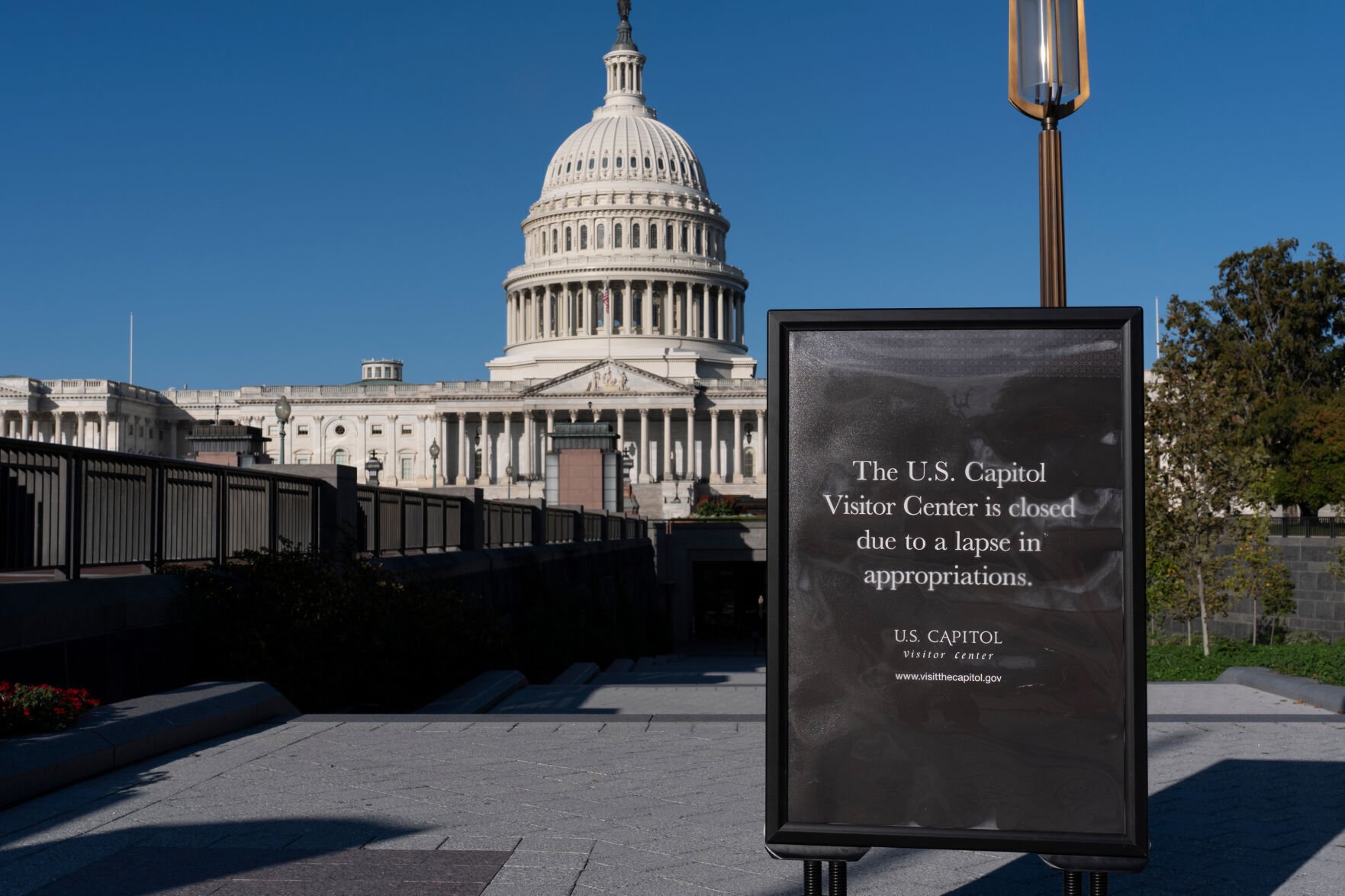Goldman Sachs has recalibrated its oil demand forecast in response to the International Energy Agency’s latest findings. Projections now indicate demand could reach 113 million barrels a day by 2040, surpassing earlier estimates. This move reflects a notable shift from Goldman’s previous expectation of a 2034 peak.
Goldman Revises Oil Demand Forecast After IEA U-Turn

Key Takeaways:
- Goldman Sachs has revised its oil demand outlook upward.
- By 2040, demand may rise to 113 million barrels per day.
- The IEA’s new World Energy Outlook influenced Goldman’s revision.
- Previous forecasts pointed to a 2034 peak in demand.
- The updated outlook suggests a slower transition away from fossil fuels.
Goldman’s Revised Forecast
Goldman Sachs commodity analysts recently aligned with the International Energy Agency (IEA) by significantly adjusting their long-term oil demand projections. According to a new analysis, the bank anticipates global demand to climb to 113 million barrels daily by 2040. This marks a departure from its earlier stance, which projected a potential demand peak in 2034.
The IEA’s Influence
The catalyst for this revision appears to be the IEA’s latest World Energy Outlook. That report acknowledged that oil and gas demand might continue at robust levels instead of gently tapering off in the near future. As the IEA’s outlook carries considerable weight across industry and finance, Goldman Sachs integrated these insights into its own forecast.
Comparing Past and Present Projections
In previous estimates, Goldman Sachs suggested that oil consumption would reach its zenith in 2034, signaling a turning point for fossil fuels. Now, the bank anticipates that demand could remain on a growth trajectory well beyond that date—possibly extending the oil industry’s prominence throughout the next two decades.
Outlook for Global Energy Transition
These revisions could have significant implications for policymakers, energy companies, and economies reliant on oil. While renewables and net-zero goals remain central to international climate discussions, Goldman’s new forecast underscores how the path to lower emissions may depend on longer-term planning than initially anticipated. For now, both Goldman Sachs and the IEA suggest the global appetite for oil is not slowing down as quickly as once expected.











